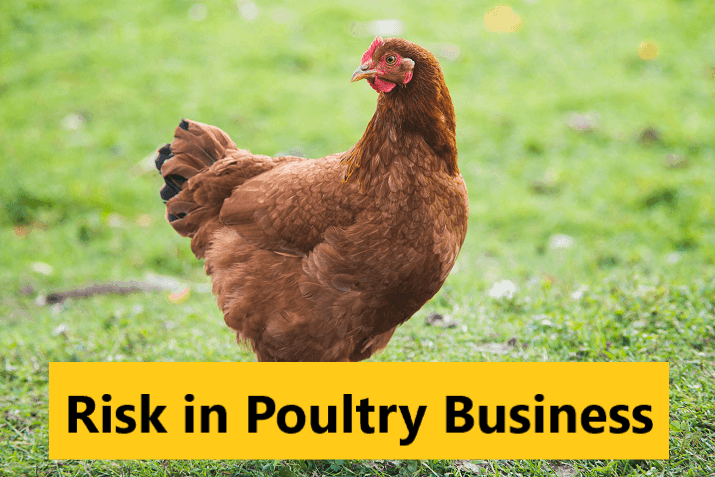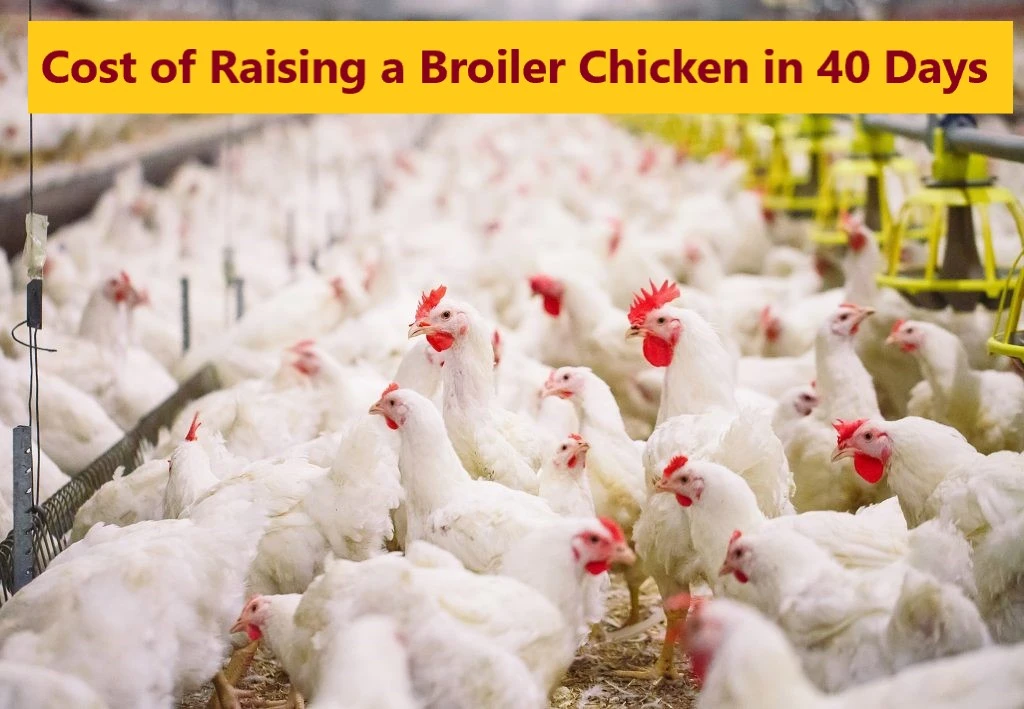In Pakistan, poultry farming is an extremely profitable business that contributes a large portion of the meat and eggs produced in the country. Like any business, poultry farming comes with some risks. This article will examine the challenges and uncertainties poultry farmers may face in Pakistan and offer insights into how to mitigate and manage these risks.

Table of Contents
The Promising Yet Risky World of Poultry Farming
Poultry farming in Pakistan is a promising sector due to the consistent demand for chicken and eggs, but it’s essential to recognize the inherent risks involved in this business. Let’s delve into these risks and understand how to navigate them effectively.
Market Price Fluctuations: A Key Risk
One of the primary risks in poultry farming is the fluctuation in market prices. The prices of chicken and eggs can vary significantly due to factors like seasonal demand, disease outbreaks, and international market trends. Farmers often face situations where they invest in raising poultry, only to find that the market price at the time of sale doesn’t cover their production costs.
Mitigation Strategy:
Farmers can mitigate this risk by closely monitoring market trends, diversifying their poultry products, and, if possible, entering into contracts with wholesalers or retailers to secure prices in advance.
Disease Outbreaks: A Looming Threat
Disease outbreaks pose a significant threat to poultry farms. Contagious diseases like avian influenza can spread rapidly and lead to the culling of entire flocks. The loss of birds due to diseases not only affects the financial aspect of the business but also poses biosecurity concerns.
Mitigation Strategy:
Maintaining stringent biosecurity measures, regular vaccination of birds, and immediate isolation of sick birds can help prevent disease outbreaks. Being vigilant and cooperating with local veterinary authorities is crucial to control and manage any outbreaks effectively.
Feed Costs and Availability: A Constant Challenge
The availability and cost of poultry feed, which forms a substantial part of the production expenses, can fluctuate due to factors such as crop failures, market demand for grains, and global trade dynamics. This uncertainty can significantly impact a poultry farmer’s profitability.
Mitigation Strategy:
Farmers can secure their feed supply by entering into agreements with reliable feed suppliers. Additionally, exploring options for on-farm feed production or utilizing alternative feed sources can help reduce dependency on external markets.
Regulatory Compliance: Navigating Complexities
Poultry farming in Pakistan is subject to various regulations related to health and safety standards. Meeting these requirements can be a challenging and costly endeavor for small and large-scale farmers alike.
Mitigation Strategy:
Poultry farmers must invest in infrastructure that meets regulatory standards, maintain accurate records, and stay informed about evolving regulations. Consultation with local agricultural authorities can help ensure compliance and avoid penalties.
Environmental Concerns: Managing Waste
Managing poultry waste, including manure and feathers, is an environmental challenge. Improper disposal can lead to pollution and environmental damage, which may result in legal consequences.
Mitigation Strategy:
Poultry farmers should implement environmentally friendly waste management systems, such as composting and recycling. These practices not only reduce environmental risks but also provide opportunities for additional income through by-products.
Broiler and Layer Specific Risks
Different types of poultry farming, such as broiler (meat) and layer (egg) farming, come with their own unique risks. Broiler farming is subject to the challenge of market price volatility, while layer farming faces risks related to egg production and quality.
Mitigation Strategy:
Farmers can minimize these risks by diversifying their operations and, if feasible, engaging in both broiler and layer farming. This diversification can help balance potential losses in one sector with gains in the other.
Conclusion: Navigating the Risks for Success
Poultry farming in Pakistan offers promising opportunities, but it’s essential for farmers to be aware of the inherent risks and plan accordingly. To succeed in this industry, it’s crucial to adopt risk mitigation strategies, stay informed about market dynamics, and adhere to regulatory requirements. By addressing these challenges effectively, poultry farmers can increase their chances of a profitable and sustainable business.
Table: Risks in Poultry Farming
| Risk Category | Key Risks | Mitigation Strategies |
|---|---|---|
| Market Price Fluctuations | – Variability in chicken and egg prices – Seasonal demand | – Monitor market trends – Diversify poultry products – Secure prices through contracts |
| Disease Outbreaks | – Avian influenza and other contagious diseases | – Maintain strict biosecurity measures – Regular vaccination – Immediate isolation of sick birds |
| Feed Costs and Availability | – Fluctuating feed costs and availability | – Secure feed supply agreements – Explore on-farm feed production – Utilize alternative feed sources |
| Regulatory Compliance | – Meeting health and safety standards | – Invest in compliant infrastructure – Maintain accurate records – Consult local agricultural authorities |
| Environmental Concerns | – Improper waste disposal and pollution | – Implement eco-friendly waste management systems – Composting and recycling – Consult environmental experts |
| Broiler and Layer Specific Risks | – Broiler: Market price volatility – Layer: Egg quality | – Diversify operations (broiler and layer farming) – Balance losses in one sector with gains in the other |
In the dynamic world of poultry farming in Pakistan, being aware of these risks and implementing mitigation strategies is vital for a successful and sustainable business.
If you are looking for more informational articles on Chicken then do visit our Chicken page. We are uploading fully researched articles about chicken.



